Inside a Critical Lift: What Really Goes Into thorough Lift Planning
A crane doesn’t just roll onto a jobsite and start lifting — not if safety and precision matter. Behind every successful lift is a detailed plan, thorough with intent. At Crane Industry Experts (CIE), thorough lift planning isn’t optional — it’s foundational to everything we do.
Whether you’re executing a tandem lift, operating in a tight urban space, or lifting near-capacity loads, thorough lift planning protects people, equipment, timelines, and reputations.
What Makes a Lift “Critical”?
Not all lifts are created equal. A critical lift is one that involves elevated risk due to:
-
Extremely heavy loads
-
High-value or irreplaceable equipment
-
Tandem crane usage
-
Lifts near occupied structures or utilities
-
Limited access, confined space, or restricted movement
In these cases, a standard lift plan won’t cut it. You need thorough oversight from start to finish.
The Anatomy of an thorough Lift Plan
At CIE, our process for thorough lift planning includes:
-
Site Assessment
Evaluating terrain, obstructions, crane placement, and weather risks. -
Load Calculations
Determining weight, center of gravity, and rigging configuration. -
Crane Selection
Choosing the right crane type, capacity, and boom length for the job. -
Rigging Design
Specifying slings, shackles, spreader bars, and hardware rated for the lift. -
Lift Path Modeling
Creating a visual lift path to avoid obstacles and ensure clear movement. -
Safety & Redundancy Protocols
Detailing communication roles, emergency procedures, and backup plans.
The Role of the Lift Director
An thorough lift is only as good as the person overseeing it. That’s where our NCCCO-certified Lift Directors come in. They:
-
Review and approve all lift plans
-
Coordinate with crane operators, riggers, and safety officers
-
Conduct pre-lift meetings and real-time supervision
-
Make adjustments on the fly based on conditions
Without a qualified Lift Director, even a good plan can fall apart during execution.
Why thorough Lift Planning Pays Off
Projects that invest in thorough lift planning see:
-
Fewer delays and safety incidents
-
Lower insurance and liability risk
-
Improved crew coordination
-
Greater efficiency and fewer costly mistakes
It’s not just a safety measure — it’s a competitive advantage.
Plan First. Lift Second.
At CIE, we don’t just react — we engineer every lift from the ground up. If your next project involves critical lifting, don’t gamble with guesswork. Partner with a team that plans like your project depends on it — because it does.
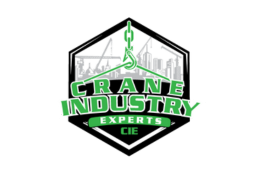

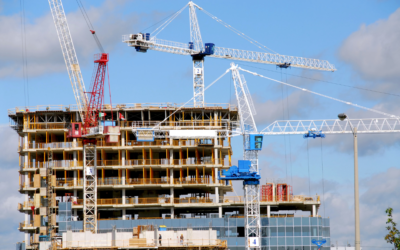
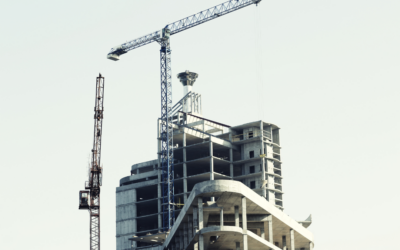
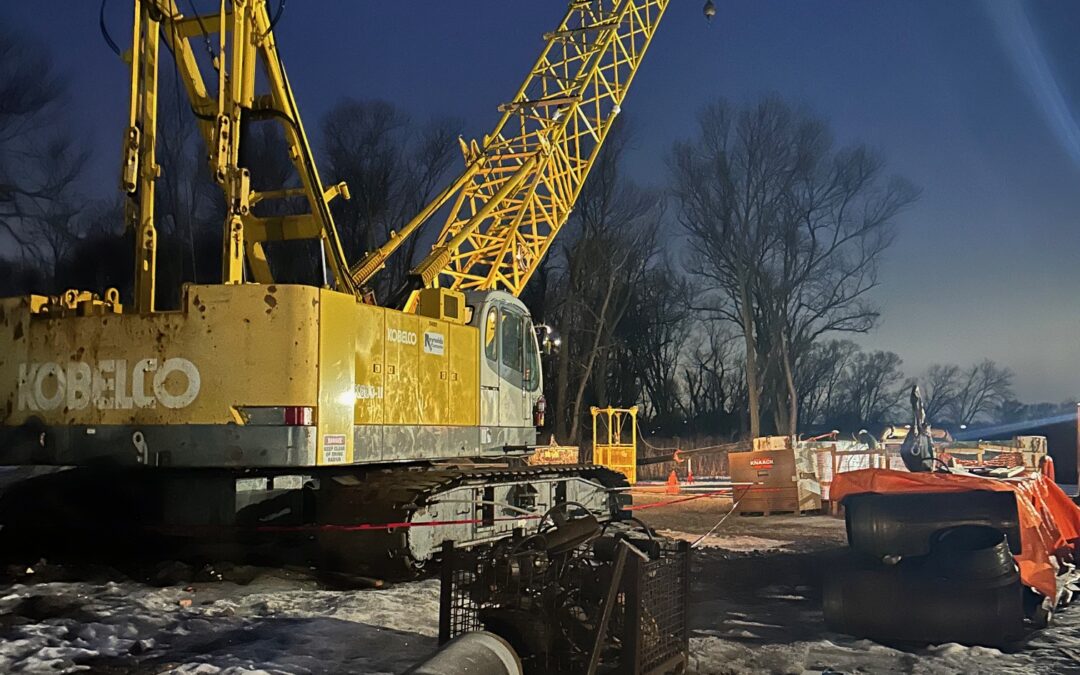
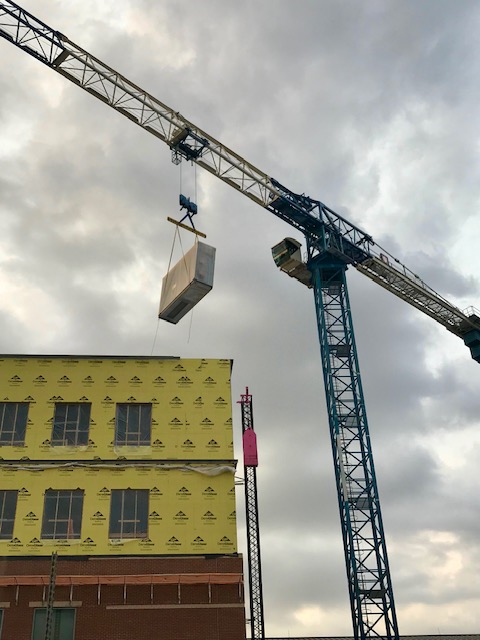
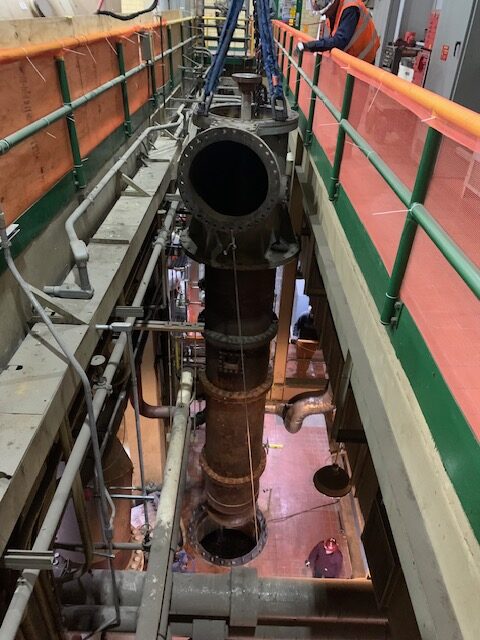
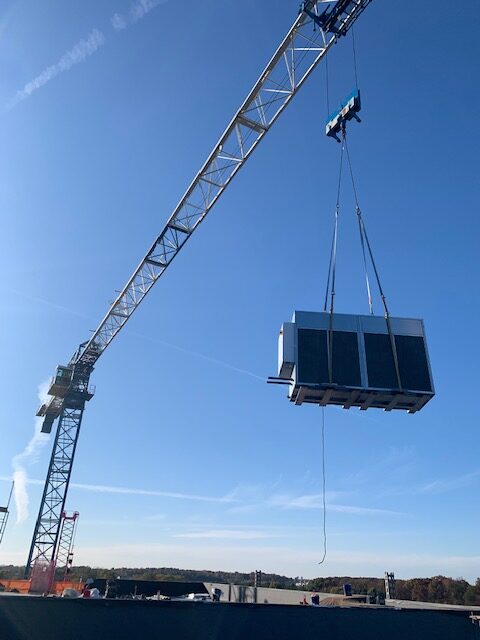
0 Comments